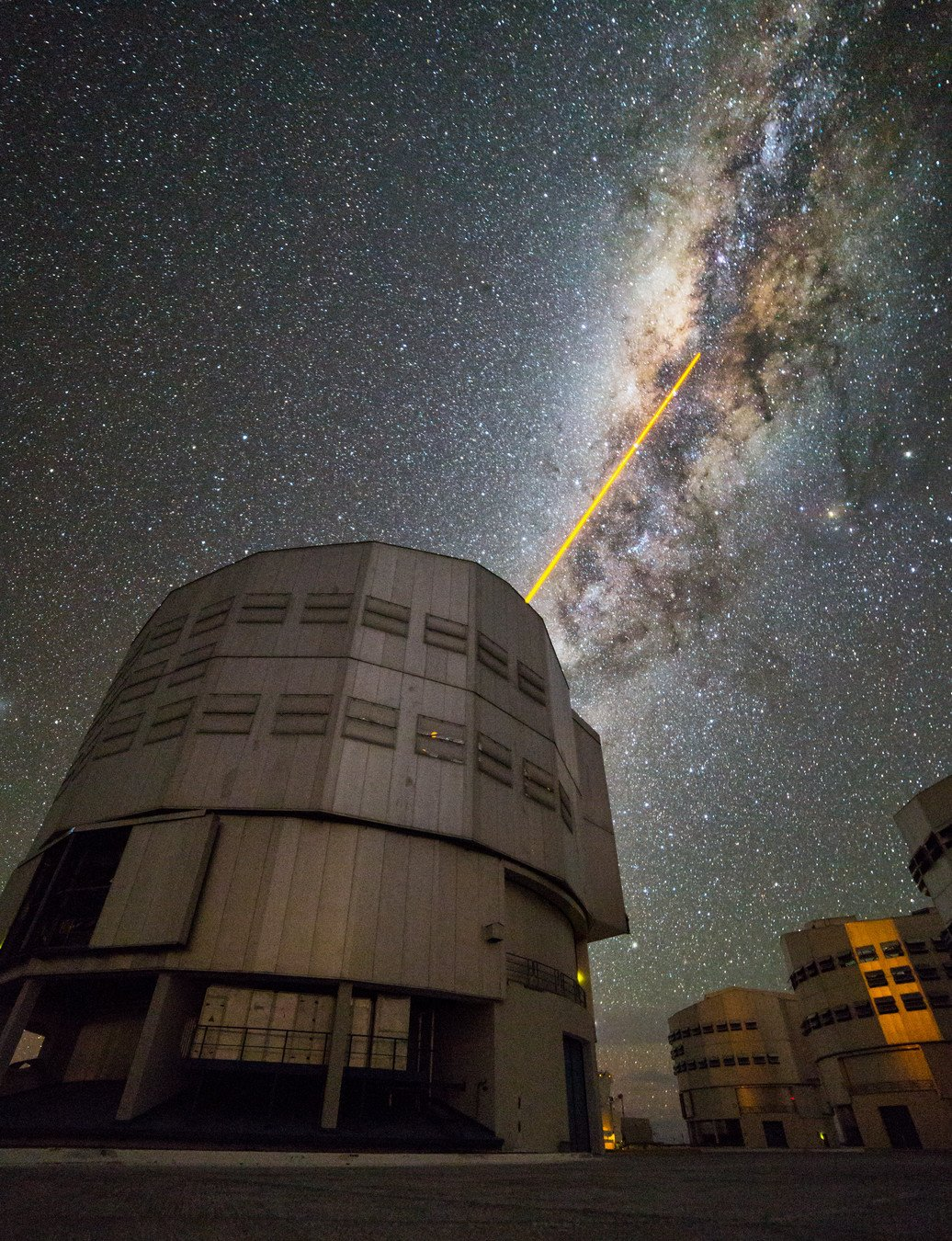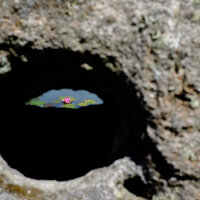Shields up! Here's how we're protecting ESO's Extremely Large Telescope from the harsh environment of the Atacama Desert in #Chile
#chile
See tagged statuses in the local Rambling Readers community
ESO's Extremely Large Telescope may not have an original name, but it's accurate! Its 39 m main mirror will weigh about 200 tonnes, and what you see here is the huge cell that will hold it.
The mirror will comprise 798 hexagonal segments working together as a single mirror. All segment blanks have been cast and are now being polished, after which they'll be shipped to #Chile where they'll be coated with silver.
https://www.eso.org/public/images/potw2430a/
📷ESO/G. Vecchia
‘Sorcery’ film review – orphaned girl out for revenge in unsettling Indigenous horror
“Where in western horror, #Indigenous or pagan elements usually become demonised return-of-the-repressed fodder, in #Chilean director Christopher Murray’s unsettling fantasy they are a source of identity, power and even reverence.”
#Chile #Germany #cinema
https://www.theguardian.com/film/article/2024/jun/12/sorcery-review-orphaned-girl-out-for-revenge-in-unsettling-indigenous-horror
The Atacama Desert in #Chile has some of the darkest night skies in the world, perfect for #astronomy. But it's also a very seismic area. When an #earthquake hits, how do we keep our telescopes safe? We tell you all about it in this new video: https://youtu.be/y_nfFwKwmmM
Soon the telescope platform at ESO's Paranal Observatory in #Chile will look very different at night: all four of the 8.2 m telescopes of the VLT will be equipped with lasers! This is one of the ongoing upgrades of the GRAVITY+ instrument, which will allow us to study black holes, stars and planets like never before.
Find out more in this great article by current and former ESO communication interns Elena Reiriz Martinez and Tom Howarth: https://www.eso.org/public/blog/gravity-leap-vlti/
Paranal Observatory was my home away from home for many years. In this blog post Vanessa Peidro Cid, the Head of Paranal Logistics and Facilities, takes us on a behind-the-scenes tour of what it takes to run this small "town" in the Atacama Desert. A lovely piece by Elena Reiriz Martínez, one of our communication interns at ESO.
Happy #BlackHoleWeek to those who celebrate! Here's a pic I took a few years ago back when I worked at ESO's Paranal Observatory in #Chile. One of our 8.2 m telescopes was pointing at the centre of the #MilkyWay, home to Sagittarius A*, a #BlackHole 4 million times more massive than the #Sun.
Astronomers devoted almost a century to unmask this beast:
https://www.eso.org/public/blog/our-quest-for-sagittarius-a/
until the Event Horizon Telescope finally imaged it:
How are we building the largest #telescope dome ever? In the latest episode of Chasing Starlight we take you on a behind-the-scenes tour of the dome of ESO's Extremely Large Telescope in #Chile
It's 88 m wide and 80 m tall, and it will shelter the ELT and its optics & instruments from the harsh environment of the Atacama Desert –– a true feat of #engineering
Looking up to the sky to find out what happens deep down in the #ocean !
The newly inaugurated OASIS project, operated by the German Aerospace Center and hosted at ESO's Paranal Observatory in #Chile, will monitor "airglow" in our atmosphere to better understand tsunamis. 1/3
Need to blow off some steam? You're not alone –– galaxies sometimes do that too. Ok, not steam per se, but still.
This is NGC4383, observed with ESO's Very Large Telescope in #Chile. This nearby galaxy is undergoing a burst of intense star formation that is ejecting huge amounts of gas out of the galaxy, seen here as red filaments. 1/2
https://www.eso.org/public/images/potw2427a/
📷 ESO/A. Watts et al.
Street Art Performance
This man was a combination of street artist and street performer. He had a whole 15+ minute routine with audience participation that lead up to him producing a new piece of spray-paint art (his stuff was all space scenes) and then auctioning it off. Amazing to watch for both the art and showmanship.
#Santiago #Chile #StreetArt #StreetPerformance #StreetPhotography #Fuji #FujiXSeries #FujiXE2 #BlackAndWhitePhotography #BlackAndWhite #Monochrome
I miss working at Paranal Observatory: the lovely sunsets, the clear sky, riding sandworms...
https://www.eso.org/public/images/potw2416a/
📷 S. Lowery/ESO










